Trading on Expectations: Strategies to Pinpoint Trading Ranges, Trends, and Reversals
$27.39
| Author(s) | |
|---|---|
| Format |
|
| Pages |
173 |
| Publication Year |
1997 |
Trading on Expectations explores the ideas behind the dominantschools of analysis, and shows the validity of each anddemonstrates how each, albeit at different times, reflects what themarket is doing. Sometimes market prices can be predicted using theeconomists’ models; sometimes prices follow a “random walk” as theacademics claim; at other times price is responding to thepatterns, trendlines, and breakout levels identified bytechnicians.
Introduction:
Trading on Expectations is the product of several years of observing the behavior of both financial market participants and financial market prices, and trying to reconcile those observations with my formal education and the conventional wisdom about markets. Academics assume market participants are rational and economists assume an air of scientific precision with complex mathematical formulas, while fundamental and technical analysts deride each other’s methods. However, at different times each of these methods explains what the market is doing. Sometimes market prices can be predicted using the economists’ models. Sometimes market prices follow a “random walk” as the academics claim. Sometimes price is responding to the fundamental news developments and sometimes to the price patterns, trendlines, and breakout levels identified by technicians. This book draws from the different approaches and develops a coherent theory of price movements in the financial markets.
Often lost in most approaches to the markets is the fact that individuals are at the root of markets. Individuals’ transactions create the data which the academics analyze, respond to fundamental data releases, and create the chart lines which technicians scrutinize. People introduce some unique factors to market analysis, factors which the “natural science” approach does not accommodate. Economics is not open to the same type of analysis as the physical sciences with which economics strives so hard to equate itself, because of the human element aspect of the markets.
Asserting that people are at the root of markets, Chapters 1 through 3 establish the need to address the “social” in the social science of economics and highlight the role that the subtleties of the human element introduce to the market. For example, in the speculative markets most transactions are not prompted by a need for the instrument itself—the way most transactions in consumer markets are prompted—nor are the instruments “consumed.” Rather, speculative market transactions are driven by what participants think prices will do in the future.
The resulting premise is that the combination of participants’ actions and expectations about the future determines the direction of prices in the markets. Today’s buy and sell decisions are a function of traders’ expectations about future prices which, in turn, are determined by today’s buy and sell decisions. This back and forth interaction between traders’ actions and expectations explains the emergence of price trends when both market activity and sentiment are going in the same direction, trading ranges when the expectations are mixed, and trend reversals when the variables are at odds.
Chapters 4 through 7 explain the concept behind Contrary Opinion and the Chicago Board of Trade Market Profile® as methods of measuring the expectations and actions of market participants. Both methods are participant-derived; the former by surveying trader sentiment (i.e., expectations) and the latter by identifying and monitoring buying and selling activity (not just prices going up and down). Taken together these methods provide the components of a coherent theory of price movements, reconciling the discrepancies between the academics’ and practitioners’ perspectives. As Nobel Laureate Merton Miller wrote, “The CBOT Market Profile is a unique attempt to bridge [the] communication gap between the doers and the watchers.”
Chapters 8 and 9 put the two approaches together into a single model, the Sentiment-Activity Model. By monitoring participants’ activity (Market Profile) as well as their expectations (Sentiment numbers), one can detect when the market is in a random-walk state (trading range), a coherent crowd-behavior state (trend), and when a chaotic crowd-behavior transition (trend reversal) is occurring. The model describes the conditions—as they unfold—which determine the three states of the market. Chapters 10 through 13 apply the Model to four markets over the course of time when the book was being written.
Contents:
- Economics
- Psychology
- Expectations
- Sentiment
- Markets
- Market Activity
- Long-Term Market Activity
- The Coherent Market Theory and the Sentiment-Activity Model
- Application of the Sentiment-Activity Model
- Treasury Bonds
- Soybeans
- Deutsche Mark
- Crude Oil
Trading on Expectations: Strategies to Pinpoint Trading Ranges, Trends, and Reversals By Brendan Moynihan pdf
2 reviews for Trading on Expectations: Strategies to Pinpoint Trading Ranges, Trends, and Reversals
Clear filtersOnly logged in customers who have purchased this product may leave a review.

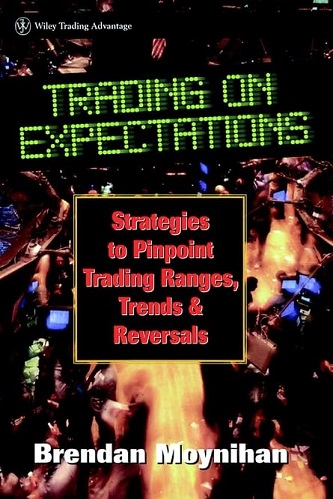
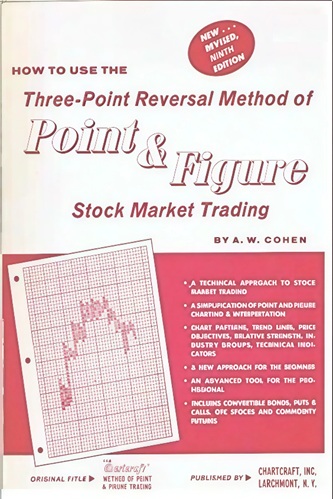

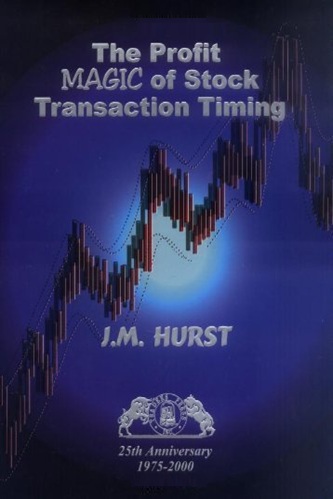
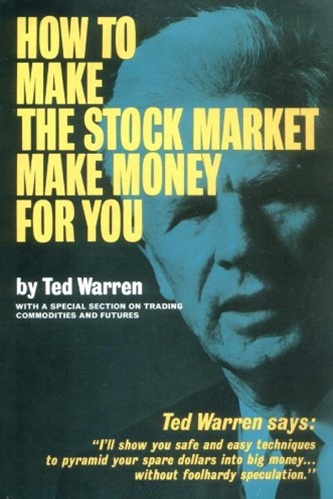
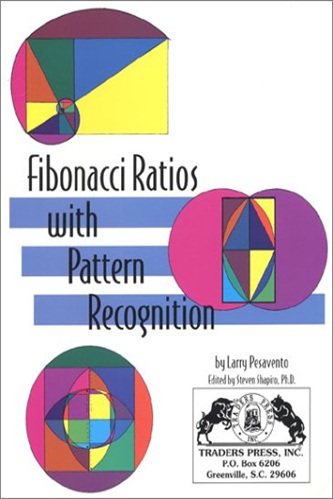
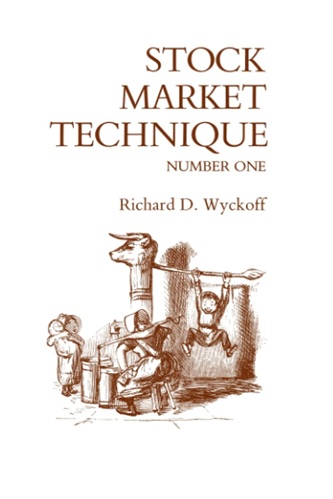
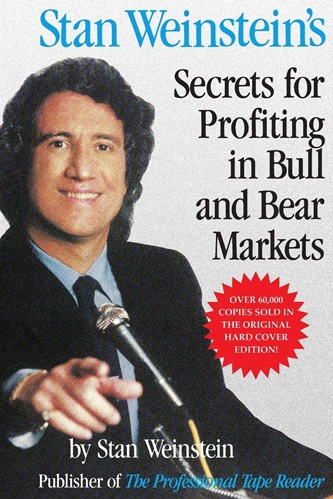
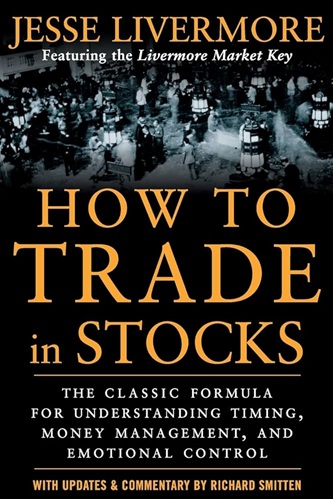
Jared Smith (verified owner) –
Perhaps this is the most difficult review I had ever written after my 100+ trading related postings here on Sacred Traders. It’s just so hard to give you a summary of a book that provides little substance at all. In short, the author used five chapters on economics/psychology/expectations/sentiment, two chapters on TA tools including Market Profile, Long Term Market Activity Chart, two chapters on merging the former paragraphs into the author’s Coherent Market Theory and then Sentiment-Activity Model, and five chapters to illustrate the power of the Model on T-Bond, Sobbeans, DM and Crude Oil. Well, does that look like the thesis you and I did in colleges? It doesnt really matter if the ideas are useful and applicable. However, they are not. It’s simply not practical at all for any genuine trader, not to mention the low possibility of any reader to understand the usage of Market Profile and LTMA Chart with the little coverage of them in the book. Besides, the writing of the author is really boring.
Very green trader reader may find the first few chapters interesting, but they will certainly get lost from chapter five onwards and can hardly move to chapter seven. In case you got plenty of time and money to waste, that’s fine. If not, go for some book else.
p.s. I can hardly believe that the author is a FX trader, and had traded commodities and cash bond for Fortune 500 companies as well. I might prefer him to write books about his trading life instead of giving a long useless lecture on something useless.
Melani Miles (verified owner) –
this book offers a fresh perspective by combining the best of several market disciplines into a logical theory and workable system for trading all financial markets